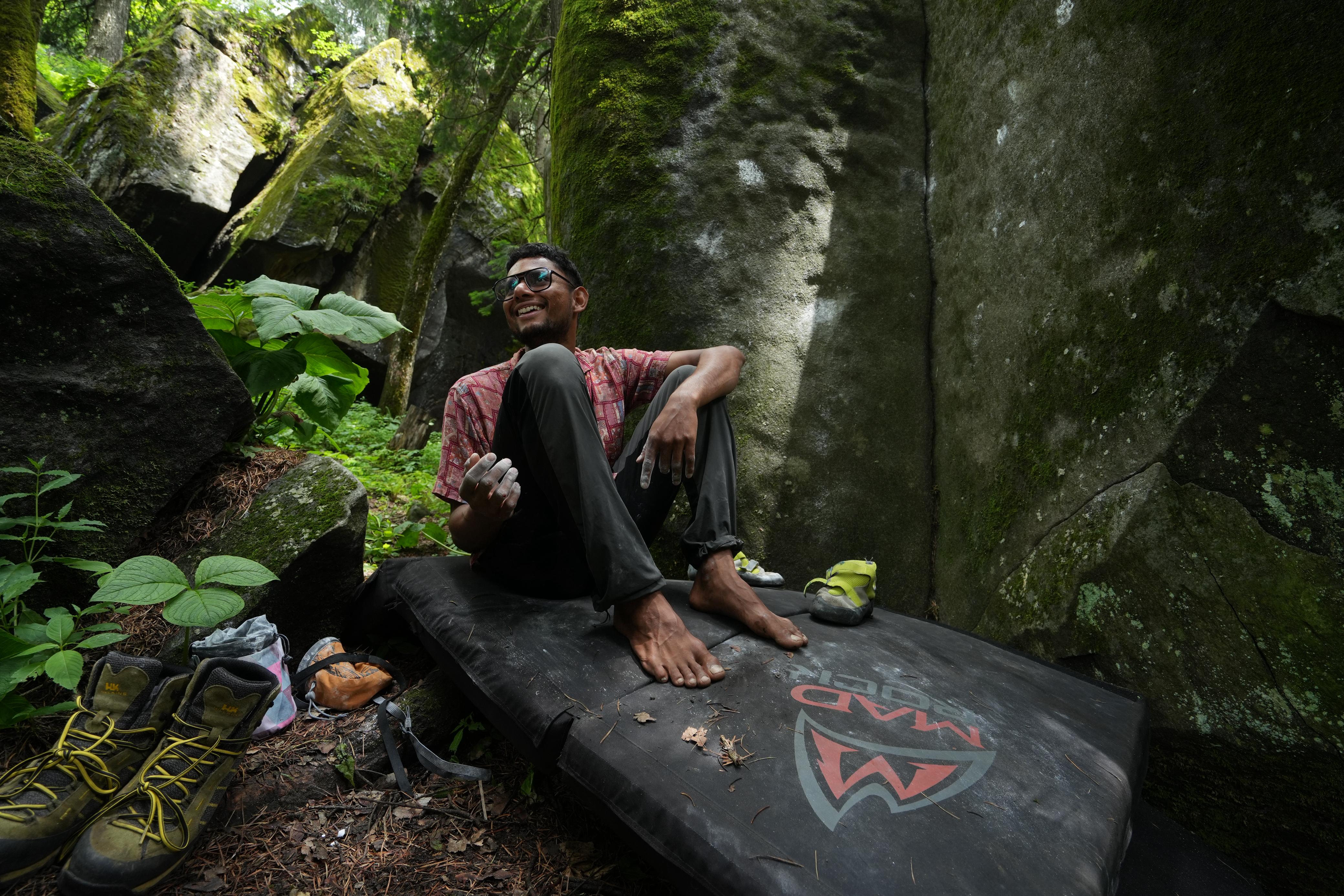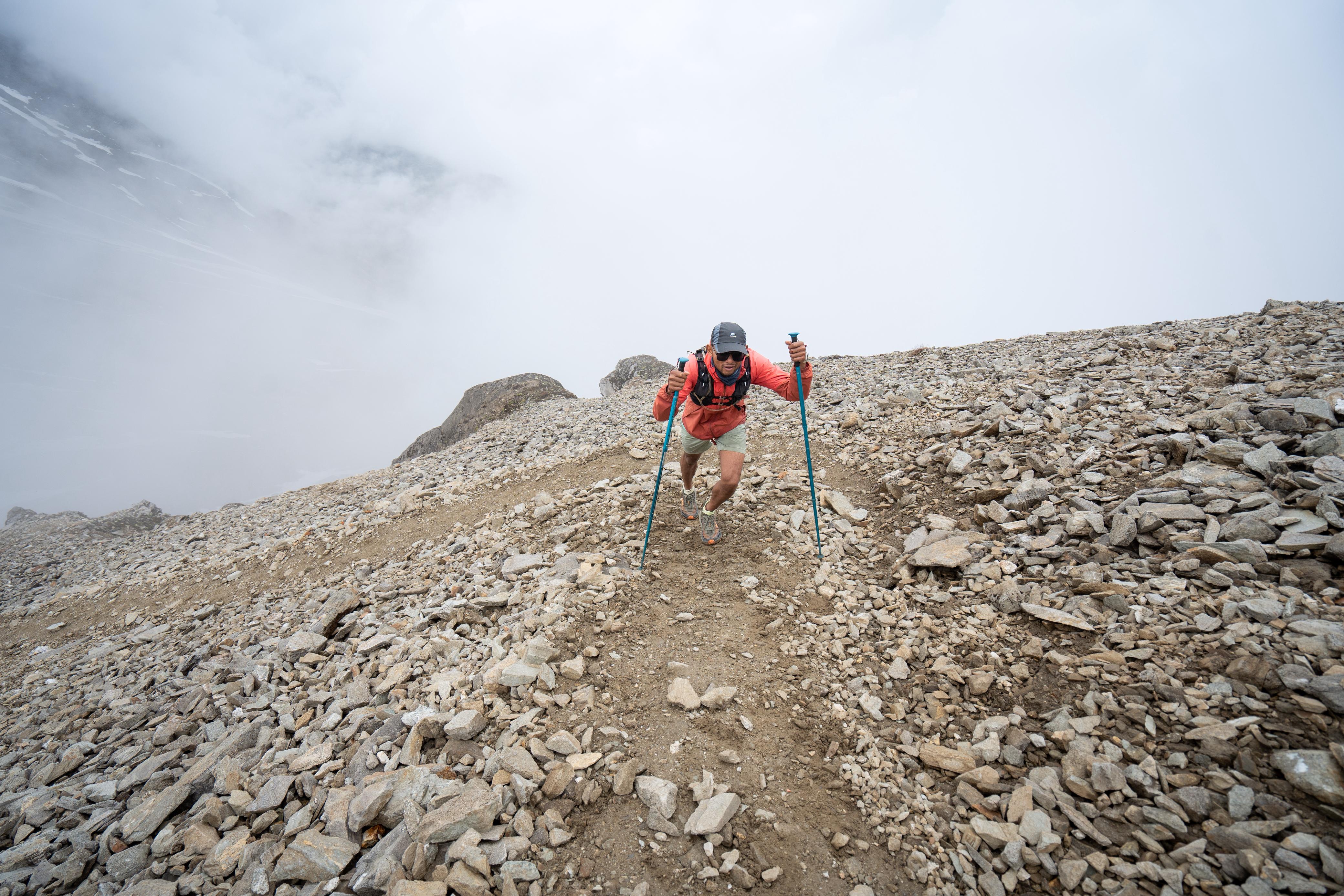Ever wondered why some people seem to float up steep climbs while you're gasping for air? Five years ago, when I started hiking in the Himalayas, I had the same question. I’d watch locals ascend effortlessly while I struggled with every step.
One day, a senior trek leader casually told me, "It’s just practice, bro. If you climb enough, you’ll do it too." I believed him, and he was partly right. Your body does adapt over time. The more you expose yourself to uphills, the more efficient you get.
But what if you don’t live in the mountains or hike every weekend? Does that mean you'll always suffer uphill? Not at all. The good news is you don’t always need mountains to train for mountains. Let’s break it down.
Why Do You Struggle on Uphills?
1. Your mindset is working against you : The moment you think, This sucks, there’s so much more to go, your body reacts by slowing down.
2. Your lungs aren’t trained for efficiency : Thanks to pollution, poor breathing habits, or lack of endurance work, your body isn’t used to sustained exertion.
3. Your legs fatigue quickly : Weak glutes, calves, and quads give up mid-ascent, making each step feel heavier.
4. Your muscles aren’t using oxygen efficiently : This is a mix of poor aerobic base, bad breathing technique, and muscle inefficiency.
What NOT to do while training for Uphills
1. Focusing on speed and pace too much : Unless you're racing a Vertical KM, there’s no need to sprint during your training.
2. Ignoring lung health : Avoid anything that compromises your breathing capacity. You know what I mean.
What to Do Instead (Tried & Tested Methods)
1. Build your aerobic base (slow runs & hikes) : Even though my 5K best is 19 minutes, 90% of my training is at an easy effort (6:30-7:00 min/km pace) for 60–120 minutes, three times a week. Low-intensity, longer intervals help your body efficiently use oxygen.
2. Master nasal breathing : Your muscles absorb oxygen more efficiently when you breathe through your nose.
This reduces fatigue and improves endurance.
3. Strengthen the right muscles : Focus on glutes, calves, and core with weighted gym sessions once a week.
4. Fix your form : Watch this video by Scott Jurek on proper uphill technique, his technique is one of the best to learn from.
5. Take micro-steps while ascending : Tiny, controlled steps conserve energy. Apply this on every practice hike.
Final Thoughts: The Secret to Loving Uphills
Uphills are tough, no doubt. But with the right training, technique, and patience, they become second nature. Here’s the secret: once you get better at them, you’ll actually enjoy the challenge.
I’m at that phase now, I crave uphills. And trust me, that feeling is worth chasing.
 Nithyam Nachappa
Nithyam Nachappa
